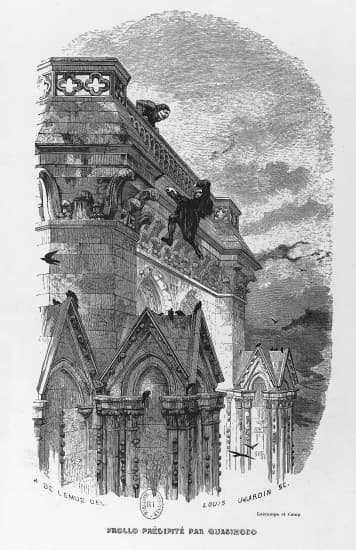

Even the most realistic of private eye cities-Robert B. I also realized that the individuality of each city-and the private detective's familiarity with it and his relation to it-was an essential part of the genre's charm. Soon I fell in love with the hard boiled detective genre and-having been a childhood fan of Arthurian romances-identified with each of these modern knight-errants on a quest.

I also began to appreciate more fantastic cities, such as Stevenson and Machen's London and Leiber's Lankhmar. In childhood, my favorite Arabian Night's tales were the ones that took place in Baghdad, and from early adolescence I loved Sherlock Holmes' London, D'Artagnan's Paris and Nero Wolfe's New York.

Hugo's novel had been on my lengthy “must read” list for years, but what finally moved it to the top was my growing fascination with cities in literature.

It is also about the “genius loci” of Paris, the maternal spirit that offers sanctuary and support to its most unfortunate children, many of them literally orphans (Gringoire, Quasimodo, Esmeralda, the Frollos), be they ugly or beautiful, virtuous or evil, bringing a measure of comfort to their difficult and and often tragic lives. First of all, it is about the great cathedral that dominates and defines the city, the setting for much of the novel's action and most of its crucial events. It is a shame that this book is so seldom referred to in English by its given name, for it is about more than the history of one hunchback, however moving that history may be. Best of all, it gives us one of literature's most loving and detailed depictions of a city, rivaled only by Joyce's Dublin in Ulysses. Although it lacks the depth and humanity of Les Miserables, it possesses a grandeur of architectonic structure and an Olympian compassion all its own. I recently read Victor Hugo's Notre Dame de Paris for the first time, and was delighted and moved by the experience.


 0 kommentar(er)
0 kommentar(er)
